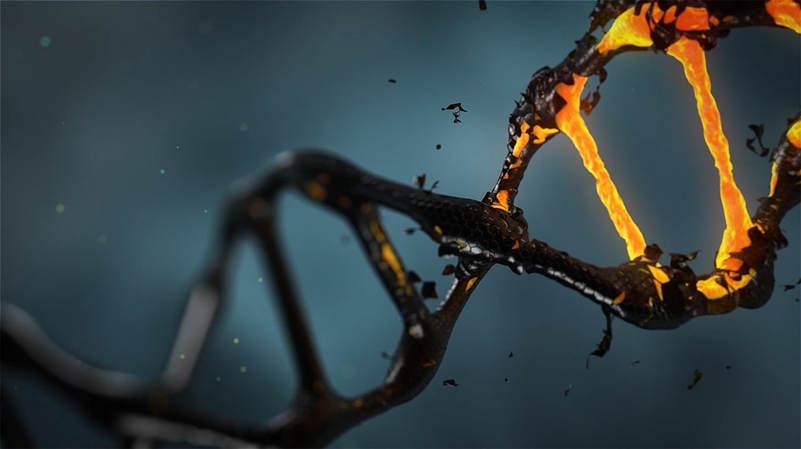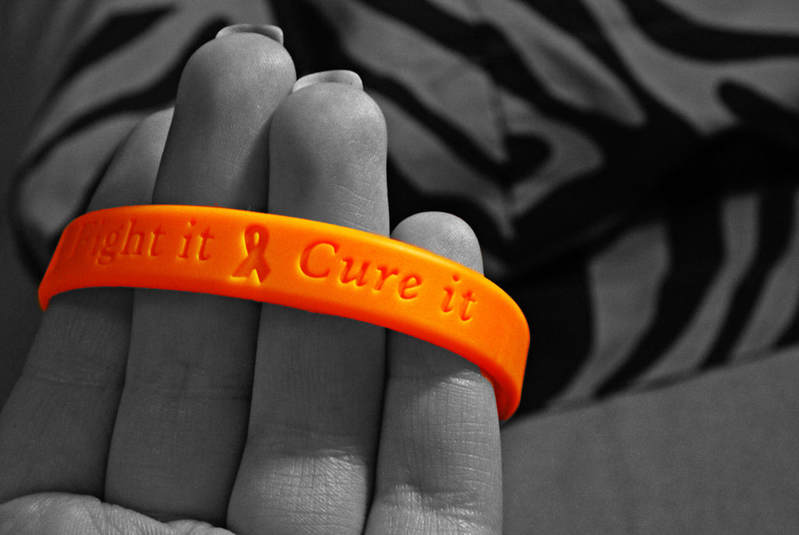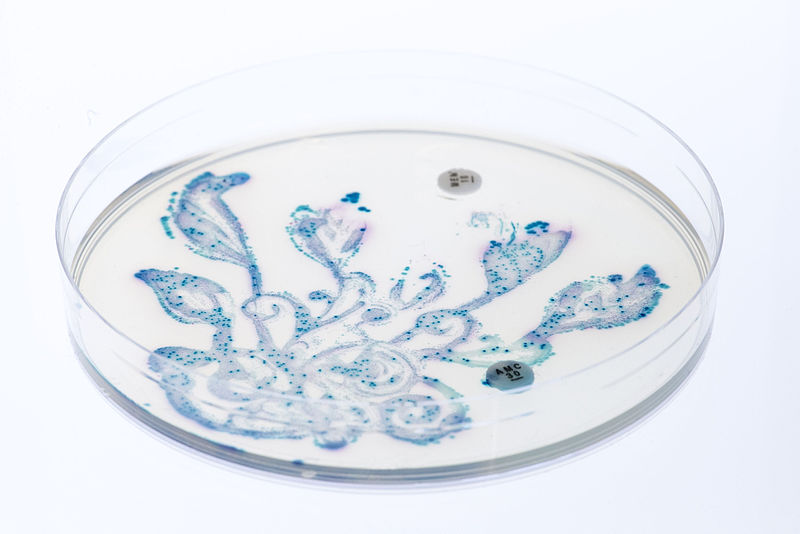Silencing Neurological Disorders
Neurological disorders greatly limit their victims by negatively affecting their cognition, sensation, or ability to move. Many are familiar with the physical impairments caused by neurological disorders, but few are familiar with the molecular basis behind these impairments. Several neurological disorders are caused by mutations, permanent changes in an individual’s deoxyribonucleic acid, more commonly known as DNA. Every individual’s DNA includes genes, sequences from which the body synthesizes messenger ribonucleic acid (mRNA). RNA is the blueprint for making specific proteins. Two examples of neurological disorders caused by mutations are Spinocerebellar ataxia 2 (SCA2), which causes problems with coordination, and Amyotrophic Lateral Sclerosis (ALS), which causes degeneration of motor neurons needed for movement. Recent studies from the National Institute of Health (NIH) have designed a drug that can silence the genes that are responsible for causing these disorders and can hopefully serve as a potential treatment for both SCA2 and ALS.
How does one “silence” a gene? The researchers involved in these studies used antisense oligonucleotides, DNA sequences that can track down genes by binding to their mRNA molecules. Once bound by an antisense oligonucleotide, mRNA can no longer properly serve as a blueprint for its specific protein and production of that protein stops. The mutation responsible for SCA2 is located in a gene called ATXN2, so in designing their new drug, the researchers used antisense oligonucleotides that specifically target and silence ATXN2.
The researchers observed the effects of antisense oligonucleotides in mice with mutated ATXN2 genes to test this gene silencing technique. They found that mice treated with the antisense oligonucleotides exhibited better coordination while walking on a rod than mice that were not.
How does one “silence” a gene? The researchers involved in these studies used antisense oligonucleotides, DNA sequences that can track down genes by binding to their mRNA molecules. Once bound by an antisense oligonucleotide, mRNA can no longer properly serve as a blueprint for its specific protein and production of that protein stops. The mutation responsible for SCA2 is located in a gene called ATXN2, so in designing their new drug, the researchers used antisense oligonucleotides that specifically target and silence ATXN2.
The researchers observed the effects of antisense oligonucleotides in mice with mutated ATXN2 genes to test this gene silencing technique. They found that mice treated with the antisense oligonucleotides exhibited better coordination while walking on a rod than mice that were not.
Image Source: stevepb
The find was revolutionary, but the efforts to treat neurological disorders did not stop there; the researchers also recognized that ATXN2 may play a role in causing ALS as well. Those suffering from ALS produce a toxic amount of TDP-43, a gene regulation protein. One may suspect that silencing the gene that produces TDP-43 can treat ALS, but TDP-43 in normal amounts is necessary for the body to function. Researchers instead observed the effect that silencing other genes had on the production of TDP-43 through multiple tests. They first crossed mice with large amounts of TDP-43 to mice lacking the ATXN2 gene and found that the offspring had less toxic amounts of TDP-43 and a better ability for movement. The researchers then input antisense oligonucleotides silencing ATXN2 into mice with a high level of TDP-43. The treatment resulted in mice with a higher survival rate and improved movement, further supporting gene silencing as a viable treatment for neurological disorders.
The drug developed from these studies needs further research and improvement before it can be tested on human patients, but its potential implications for those suffering from neurological disorders are monumental. An antisense oligonucleotide drug to treat muscular atrophy, a muscle wasting disease, has already been approved by the Food and Drug Administration and provides further hope for the start of a new age in medicine. By treating disorders at their molecular origin, researchers can come closer to developing medicine that not only treats symptoms but also makes possible the restoration of movement.
The drug developed from these studies needs further research and improvement before it can be tested on human patients, but its potential implications for those suffering from neurological disorders are monumental. An antisense oligonucleotide drug to treat muscular atrophy, a muscle wasting disease, has already been approved by the Food and Drug Administration and provides further hope for the start of a new age in medicine. By treating disorders at their molecular origin, researchers can come closer to developing medicine that not only treats symptoms but also makes possible the restoration of movement.
Featured Image Source: lisichik
RELATED ARTICLES
|
Vertical Divider
|
Vertical Divider
|
Vertical Divider
|






